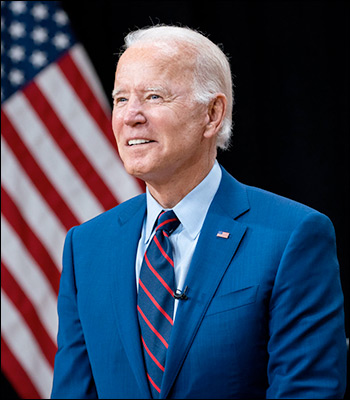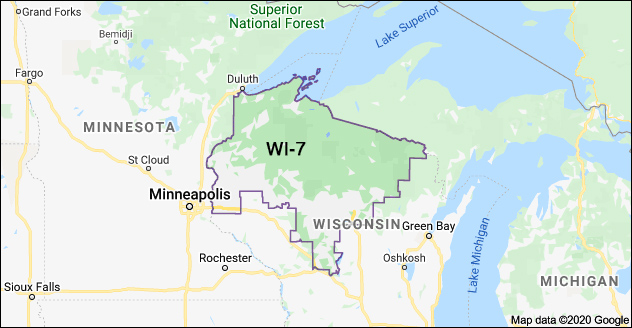Republican lobbyist Mike Barbera contributes a guest column today, sharing his views about the presidential election. On Friday, we will feature a piece reflecting the Democratic perspective.
By Michael Barbera
It doesn’t seem to make any sense …
The American economy is burdened with sustained unemployment at levels never before seen in American history. Gas prices are through the roof. The budget deficit and national debt are both sky-high. Household incomes are down, and the housing market is still decimated all over the country. And that’s just the news here at home. Overseas, our embassies are attacked, our diplomats assassinated and our soldiers in Afghanistan are slaughtered by our so-called “allies.”
And yet according to the polls, until his poor debate performance in the first debate, Barack Obama was winning the race for the White House. In some polls he was ahead narrowly, in others he was ahead comfortably — but he was always ahead. How can that be right?
The simple fact is, it’s not. The president may or may not be ahead, but he is not winning. In fact, anyone who looks at the numbers closely realizes that the president’s electoral standing is perilous at best.
Why is it that so many talking heads have spent much time telling us that the president was winning? Quite simply, most of them read polls in a lazy and simplistic manner. Most observers only focus on the “horse race” — who is ahead and by how much. And for most of 2012, the president was ahead. So pundits simply regurgitate the numbers and pretend they know something.
At this stage of the race, horse race reporting doesn’t tell us very much. It doesn’t matter if Pres. Barack Obama leads former Massachusetts Gov. Mitt Romney by three points in Ohio or by six in Wisconsin, or whether he is ahead by one point in the Gallup poll or by five in the latest poll by the AP.
Here is what matters: how far is Pres. Obama from getting over 50 percent of the vote? And the answer, based on any fair reading of the evidence, is that he has a lot of work to do.
Look at the Real Clear Politics averages in the key battleground states. Even before Romney’s recent surge, the president was stuck between 47.1 percent and 48.8 percent in Florida, Virginia, Ohio, North Carolina, Iowa and Colorado. Karl Rove reported in the Wall Street Journal the day before the Denver debate that in 91 recent national polls “Mr. Obama was at or above the magic number of 50 percent in just 20. His average was 47.9 percent. Mr. Romney’s was 45.5 percent.”
The polls have now shifted after Romney’s strong debate performance and the president’s weak one in the first debate. The challenger cut into the president’s lead and in some cases erased it altogether.
That brings us to another popular myth about the polls — that they are constantly shifting. In fact, the president’s numbers have remained very steady. With the exception of a slight spike after the Democratic convention, the president is where he has always been — in the mid-to-high 40s. He has a solid base of loyalists, but he has not yet closed the deal with most voters — despite dominating the airwaves. According to the National Journal, as of Oct. 1, the Obama campaign spent a total of $285 million on broadcast and cable television, in addition to radio advertising, while the Romney camp spent just $117 million — and still the president was well-below the magical 50 percent mark. An incumbent stuck below 50 percent in October is an incumbent in trouble.
What has changed throughout the course of the campaign is the level of Romney’s support. This is no surprise. Like it or not, the American people have seen Obama in action. Most voters know whether they like him and whether they think he is doing a good job. Very few voters are truly undecided about him. Until very recently, many voters were very much undecided about Mitt Romney, however. That is why the president spent so much money over the summer on a steady drumbeat of negative advertising. The American people were not convinced by those ads, many of which were powerful. They wanted to decide for themselves about Mitt Romney, and a record 67 million people watched the first debate. Mitt Romney picked a good day to have a good day — and the president picked a bad day to have a bad one. Romney’s strong performance shook up the race, and he is almost certain to win decisively among late-deciding voters.
Many polls are also overstating the president’s support. These polls are using turnout models based on the 2008 election, which means the pollsters are betting that the electorate of 2012 will look a lot like the electorate of 2008. This is likely to be a losing bet.
The 2008 election featured the following: a historically unpopular Republican president, an economic meltdown one month before the election, an incredibly motivated Democratic base, a demoralized Republican base, record turnout of young voters, blacks and Latinos, and a sizable number of Republican crossover votes for Barack Obama. Does that sound like the electorate we have today? Yet many seemingly reputable pollsters construct their polling around 2008 models. I believe the technical polling term for this is “wishful thinking.”
If we look at the polls with a trained eye — and not simply repeat the horse race numbers fed to us by lazy pundits — it is clear that Obama is not winning. And if he isn’t winning now, he’s not likely to be ahead on Nov. 6.
_______________________
Michael Barbera is a lobbyist and consultant with the American Continental Group.


